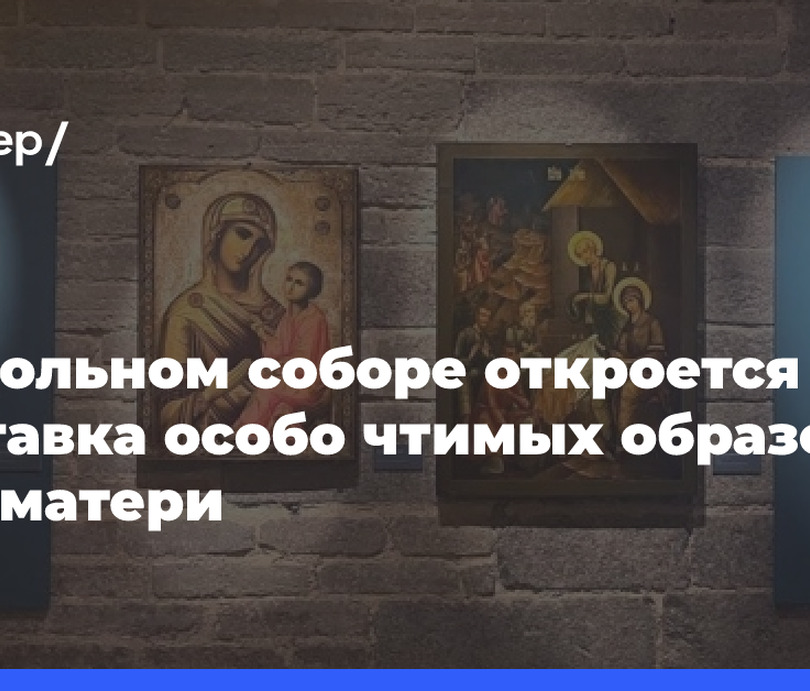
In the famous underground space of Smolny Cathedral, the exhibition "Venerated Images of the Mother of God from Tikhvin to Vladivostok. Icons of the 15th to early 20th centuries from private collections in Moscow" will open on October 27th. It will feature over ninety unique icons from the collections of Svetlana Abramova, Igor Vyrikov, and Alexander Sharov. The majority of these artworks will become accessible to the wider public for the first time.
It should be remembered that Orthodoxy venerates several hundred icons of the Mother of God. Each of them has not only its own special name but also its own history and descriptions of miracles and healings, which, incidentally, continue to this day. Some icons are named after the places where they were found or appeared, such as Tikhvin and Kazan. Other images derive their names from the symbolic portrayal they convey (for instance, Oranta and Odigitria). There are also names borrowed from church hymns, such as "Rejoice, O Theotokos" and "Console My Sorrows".
The representation of the history of specific icons in chronicles became the basis for the emergence of a special genre of ancient Russian literature - tales of miraculous and revealed images. The most ancient icons, with a rich history associated with miracles, include the Tikhvin, Feodorovskaya, Pochaevskaya, and the Lifegiving Spring icons. Starting from the 16th century, Russian icon painters began to illustrate not only tales of miraculous icons but also prayers and hymns dedicated to the Mother of God. This theme is also reflected in the exhibits presented at the exhibition. In particular, extremely rare depictions of the "Axion Estin" images will be shown, which consist of four consecutive scenes reproducing four lines of a prayer.
New types of images of the Mother of God appeared in icon painting in the 18th-19th centuries. For example, the desire of expectant mothers to seek help from the Mother of God and to have an icon endowed with a specific function led to the creation of the "Assistance in Childbirth" image, which remains popular today. It is customary to give it to those who are expecting a baby.
Throughout history, the events of wartime were also reflected in icons. For example, the appearances of the Mother of God during the Russo-Japanese and First World Wars resulted in the creation of the icons of the Mother of God of Port Arthur and the Augustovsky.
The exhibition will also present so-called festive icons. This includes several sets of images from the iconostases of various churches, as well as icons of the Protection and Nativity of Christ, painted in different iconographic traditions. Visitors to Smolny Cathedral will also have the opportunity to see unique icons of the Mother of God of Cyprus and a four-part icon presenting the images of the Jerusalem, Constantinople, Alexandria, and Vlaherna Mothers of God.
The exhibition, which is open to the public, will allow visitors to see a collection of rare icons that cannot be found in any other church. Each exhibit contains the power of prayer and faith that has helped people overcome trials for centuries, not only during global historical events but also in individual lives. The veneration of the holy image of the Mother of God has always been accepted in the country, even during the period of persecution of the Church.
The exhibition will be open until December 10th. It has been organized by the Society for the Preservation and Popularization of Russian Culture named after Mikhail Abramov with the support of the Foundation for the Restoration of Objects of History and Culture in St. Petersburg.



















